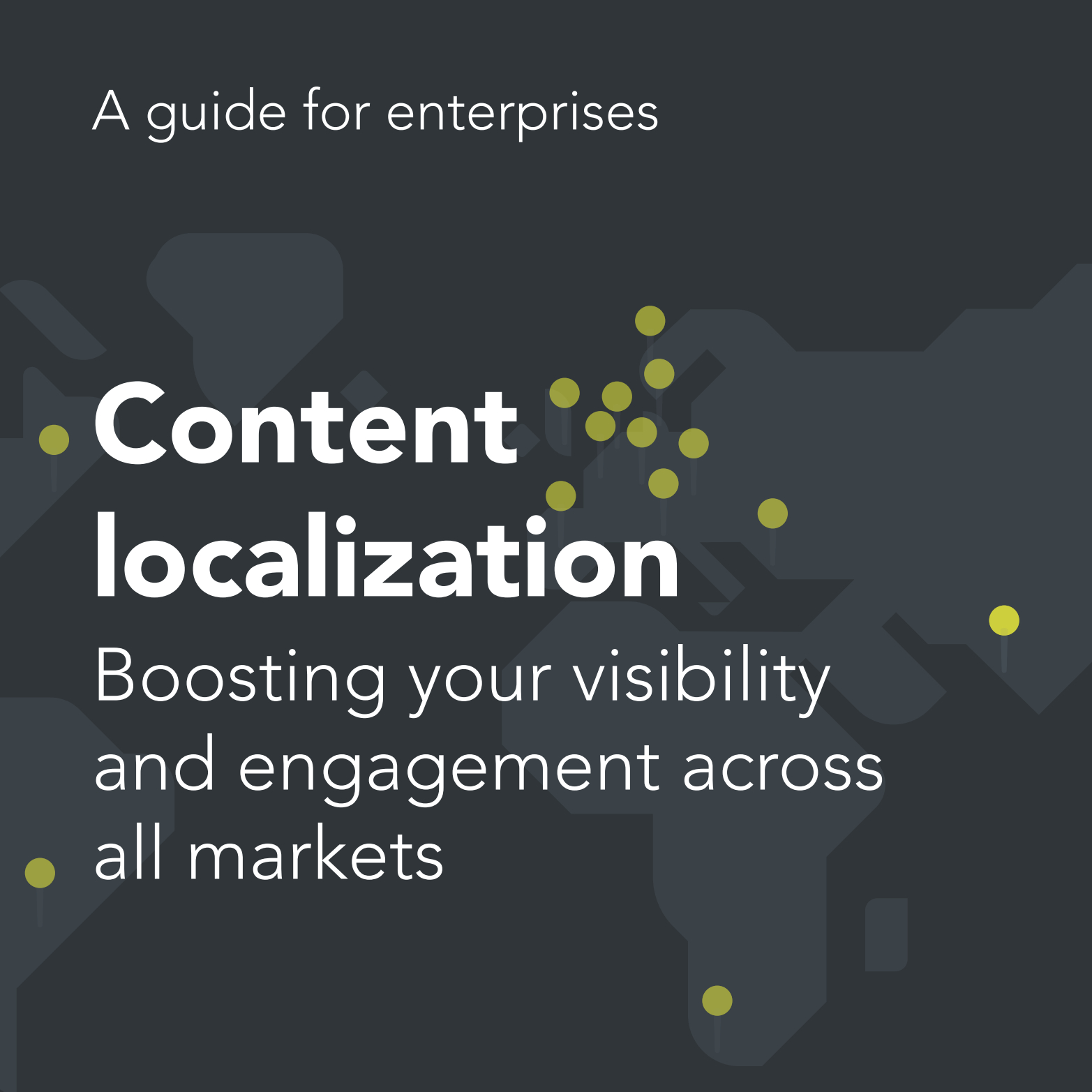Online marketplaces like bol.com and Alibaba are taking the market by storm. Brands see their turnover growing through these channels. But how do you stay ahead of the competition? With the right data-driven optimizations you’ll become successful on marketplaces.
Maybe you’d rather send consumers to your own webshop, but the reality is different: 56% of online shoppers start their shopping journey on a marketplace. This was shown in a research in Europe last year. Also in the Netherlands we see a shift from search engine to platform: Goodbye Google, hello marketplaces!

Organize your data
The data of marketplaces used to be a mysterious black box for a long time. And that’s a shame! Because sharing this data makes sellers even more successful and it can bring the platform to a higher level. It’s a good thing that marketplaces also came to this realization and many data has been made available these days. Not just sales data, but also traffic to product pages and their performance. How do you use this data to your advantage? 5 Tips:
1. Find the right platform for your strategy
The Adidas and Zalando partnership showed that sending consumers to a marketplace can be of strategic value. Together, they developed an exclusive 3D-Tool to design your own unique shoe. These models were only available at Zalando, so Adidas could match a unique proposition to a marketplace. And vice versa: the tool was a great branding boost for Zalando and a gateway to a large amount of new data.
To achieve such an accomplishment, it’s very important to find the right platform for your product. There are two options: Do you want a bigger reach? Then choose a generalist like Amazon is in fashion. If it’s a higher
conversion rate you’re after, you might want to consider a specialized marketplace like Asos. Each has its advantages.
2. Make sure your brand can be found
Ok, so you chose a platform, but are your customers able to find you? 64% of all clicks in the listing results go to the first three positions, so that’s where you need to be. How to get there? Through search and navigation: find out how your customers are searching and use the right category, attributes and keyword focused content. For true next level relevance you need to understand the dynamics of the search
algorithm. Tools that can help with this are Clavis Insight, Profitero or Brandview. These can show your search position and share for relevant keywords. Next step is to see what happens when you adjust delivery time, price, or generate reviews or use different keywords. It’s important to keep testing and researching: how does Amazon work differently from bol.com? Analyze the data, and you’ll get a better understanding of the algorithm.
3. Be visible
Next to boosting organic traffic with content and data, you can also use paid options. Marketplaces offer numerous opportunities for more and better visibility. Advertising on marketplaces offers the same possibilities as Google Ads or Shopping: advertising in marketplaces makes you visible in targeted categories. Managing this the right way and investing in visibility will always get you return on investment.
Both Amazon and bol.com use a self-service model, which gives you control over your ads and insight in your data to adjust where needed.You can use this to control and optimize your ROAS (Return on Advertising Spend). Want to tackle advertising on marketplaces properly? Create several campaigns on the same products to increase relevance and visibility. Got the results? Use them to make better choices in your marketing strategy. And especially: keep on measuring and optimizing!
Just think about the opportunities and results when we’re scaling up and personalize more elements like content. Plenty of reason to keep testing and experimenting!
4. Focus on higher conversion
It’s true that marketplaces can reach a broad audience. But they’re specialized in getting the highest conversion possible! And that’s great news, because in most cases this results in more sales than via your own webshop. Customers are more eager to order: they’re used to shopping on this platform and often have an account already. In short; they feel comfortable so they’re more likely tp buy. They even have the apps on their smartphones!
The golden tip to increase conversion? Content. Improving images, videos, attributes and product descriptions can lead to a conversion uplift of 35%! And we can’t say it enough: mobile first, mobile first, mobile first. In 2018 40% of all e-commerce transactions are done via mobile. Tools like ProductsUp, DataFeedwatch, Channeladvisor or Channable enable you to easily upload your PIM content and analyze if all necessary elements are submitted. Furthermore Amazon offers two kinds of enriched pages: A+ enhanced marketing content (for suppliers) and enhanced brand content (for sellers). This allows you to provide better information for your consumers, and gain better a higher position in the search results.
5. Retention via customer experience
It might seem quite a challenge to gain customer loyalty through marketplaces. Most platforms don’t allow you to include flyers in your packages or actively approach consumers (if it’s not about an order). So how does the customer return? It might seem logical: fix your basics. Make sure your service is seamless and create an amazing customer experience in handling the order as well as after sales. There are opportunities to add value to your brand on marketplaces: think of Adidas as I mentioned above, but also less complex cooperation opportunities can be effective.
Seduce the customer to leave his or her information on your own website for free service or guarantee after purchase. You can add this information to your own data base, which you can use in a retargeting campaign. To create a double loyalty loop, you let this campaign land on the marketplace where the customer purchased the product before.
The potential data you can get from marketplaces is really valuable. That also counts for embedding marketplace initiatives in your online retail strategy. Bear in mind that this has a big impact on your organization. Want to do it the right way? Organize your teams: if you have the right content, paid marketing and data specialists, you can unlock a ton of information that will bring even more success to your brand and sales.


